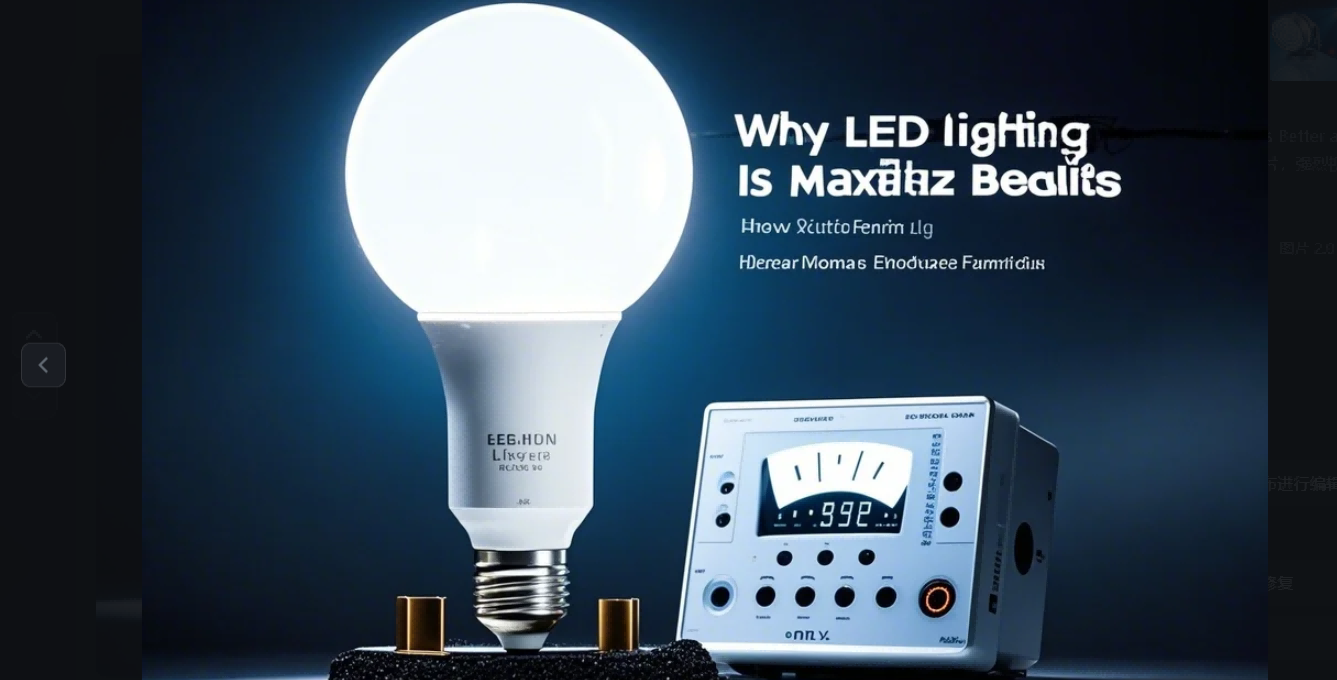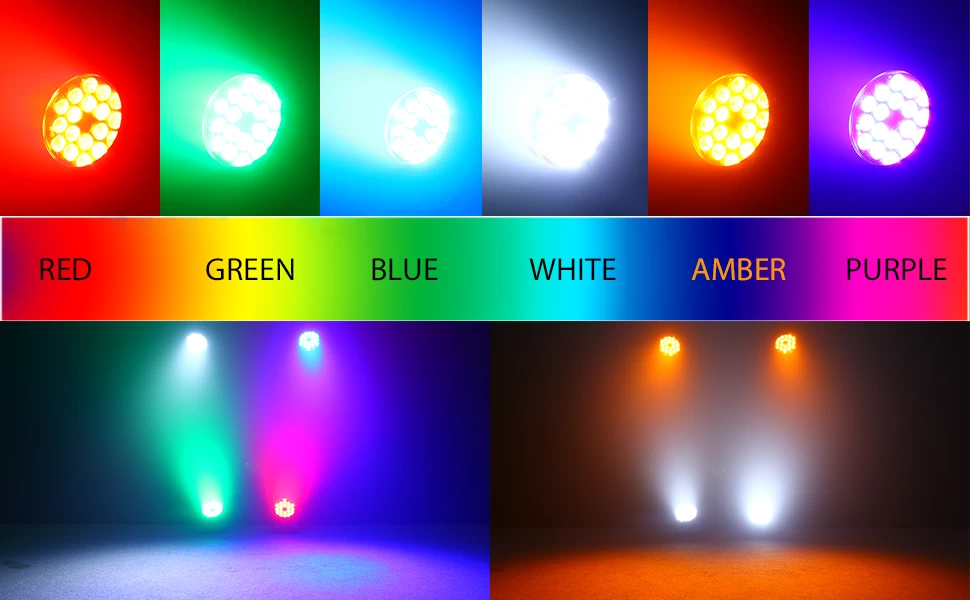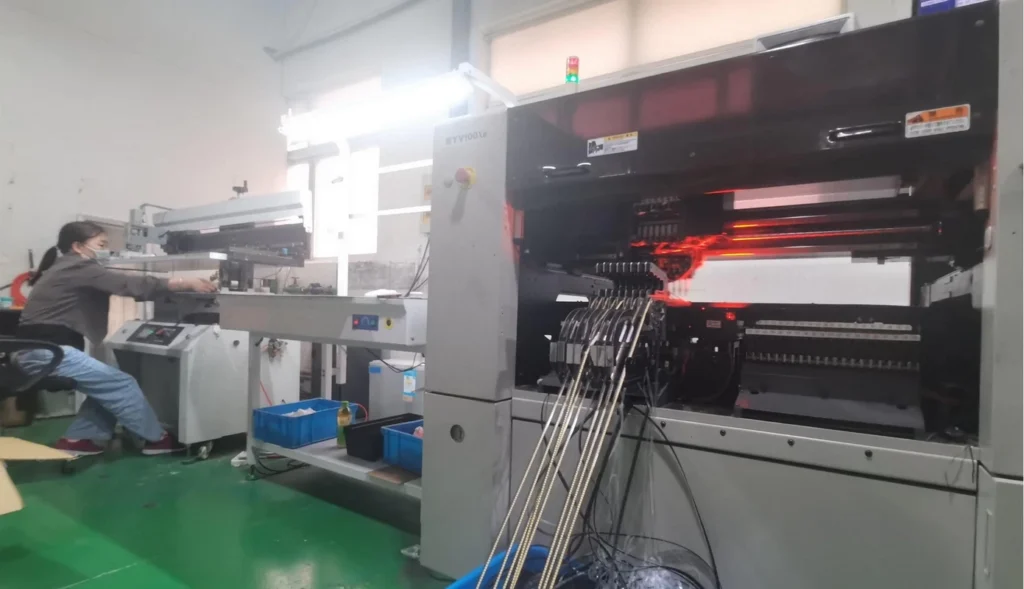Guia do comprador de iluminação LED: Porque é que a iluminação LED é melhor e como maximizar os seus benefícios
1. Introdução: Porquê mudar para a iluminação LED hoje?
A iluminação LED ganhou rapidamente força em todo o mundo como uma solução sustentável, económica e versátil para várias aplicações. Seja em ambientes residenciais, industriais ou comerciais, Iluminação LED proporciona uma eficiência e durabilidade inigualáveis.
Neste guia, veremos porque é que a iluminação LED é melhor. Discutiremos os seus benefícios, utilização de energia e sustentabilidade. Também abordaremos tópicos como como reciclar lâmpadas LED e quanta eletricidade consome uma lâmpada LED. Para soluções de nível industrial, destacamos Produtos inovadores da LedRhythm e as suas aplicações em todos os sectores.
2. O que são lâmpadas LED?

Lâmpadas LEDAs lâmpadas LED, ou lâmpadas de díodo emissor de luz, representam uma mudança inovadora na tecnologia de iluminação. Ao contrário das lâmpadas incandescentes ou fluorescentes compactas tradicionais, os LEDs oferecem uma elevada eficiência energética, uma longa vida útil e baixas emissões de calor.
Principais caraterísticas das lâmpadas LED
Descrição da caraterísticaEficiência energéticaConsome menos 75% de energia do que as lâmpadas incandescentes.DurabilidadeResistente a choques e concebido para ambientes extremos.Respeito pelo ambienteReciclável e sem materiais perigosos.
Para mais informações técnicas, visite Secção de notícias da LedRhythm.
3. Porque é que a iluminação LED é melhor? Benefícios da iluminação LED
Mudar para Iluminação LED oferece inúmeras vantagens em relação às opções de iluminação tradicionais. Aqui está um olhar detalhado sobre porque é que as luzes LED são melhores:
3.1 Eficiência energética superior
Quanta eletricidade consome uma lâmpada LED? Os LEDs consomem uma fração da energia necessária para as lâmpadas incandescentes. Por exemplo, uma lâmpada LED com uma luminosidade equivalente a uma lâmpada incandescente de 60W consome apenas 10W.
3.2 Poupança de custos
Mudar para Lâmpadas LED pode poupar centenas de dólares por ano em custos de energia a famílias e empresas. Saiba mais sobre o potencial de poupança em Blogue do LedRhythm.
3.3 Conceção ecológica
Ao contrário das lâmpadas fluorescentes compactas, que contêm mercúrio, Lâmpadas LED são seguros para serem eliminados e mais fáceis de reciclar. Curioso como reciclar lâmpadas LED? É possível reutilizar muitos componentes, como metal e plástico.
3.4 Brilho e durabilidade
Porque é que os LEDs são tão brilhantes? A luz direcional emitida pelos LEDs garante a máxima eficiência de iluminação. A sua durabilidade também os torna adequados para condições extremas, tais como ambientes industriais e campos desportivos.
3.5 Versatilidade
Os LEDs existem em muitos modelos. Eles variam de lâmpadas de baixo calor a luzes industriais fortes. Isto torna-as adequadas para diferentes utilizações.
Para mais informações sobre Soluções de iluminação LED para uso industrial, consulte o Gama de produtos LedRhythm.
4. Quanta eletricidade consome uma lâmpada LED? Compreender a eficiência energética das lâmpadas LED

As lâmpadas LED são a opção de iluminação mais eficiente em termos energéticos atualmente disponível. Aqui está uma comparação do consumo de energia entre lâmpadas LED, CFL e incandescentes:
Comparação do consumo de energia
| Tipo de iluminação | Potência | Tempo de vida (horas) | Consumo anual de energia |
|---|---|---|---|
| Lâmpadas incandescentes | 60W | 1,200 | 328 kWh |
| Lâmpadas CFL | 15W | 8,000 | 82 kWh |
| Lâmpadas LED | 10W | 25,000 | 61 kWh |
Dica: Quer poupar ainda mais energia? Explore mudar para lâmpadas LED para toda a sua casa ou empresa.
Para mais informações sobre como se comparam as poupanças de energia dos LED, visite Informações sobre a energia da LedRhythm.
5. Luzes LED que não produzem calor: Porque é importante
Uma das principais vantagens da iluminação LED é a sua produção mínima de calor. Isto torna-a ideal para ambientes onde lâmpadas de baixo calor são essenciais, tais como cozinhas, escritórios e instalações industriais.
Aplicações das luzes LED resistentes ao calor:
Ambientes industriais: Reduz o risco de sobreaquecimento das máquinas.
Instalações desportivas: Assegura um desempenho consistente durante a utilização a alta demanda.
Saiba mais sobre Iluminação LED para aplicações industriais em Produto da LedRhythm .
6. Como fazer uma lâmpada LED
Criar um Lâmpada LED envolve a montagem de componentes essenciais como chips LED, controladores de potência e dissipadores de calor. Embora os projectos de bricolage sejam possíveis, as lâmpadas LED de nível profissional, como as da LedRhythm oferecem uma fiabilidade e um desempenho inigualáveis.
7. Como é que as lâmpadas LED funcionam?
Um Lâmpada LED converte a energia eléctrica em luz através de semicondutores. Este processo é muito mais eficiente do que a iluminação baseada em filamentos das lâmpadas incandescentes.
| Caraterística | Lâmpadas LED | Lâmpadas incandescentes |
|---|---|---|
| Eficiência energética | 90% eficiente | Apenas 10% eficiente |
| Emissão de calor | Mínimo | Significativo |
| Tempo de vida | Mais de 25.000 horas | 1.200 horas |
Para um olhar aprofundado sobre como funcionam as lâmpadas LED, visite o blogue de notícias da LedRhythm.
8. Série de produtos LEDRhythm: Soluções de iluminação inovadoras
LedRhythm é líder no fornecimento de soluções LED de alta qualidade. Os seus produtos são concebidos para responder a diversas necessidades, desde instalações industriais a campos desportivos.
Série de produtos principais:
-
Série Diamante: Soluções duradouras e de alta luminosidade, ideais para fábricas.
-
Série Slim: Leve e versátil para várias aplicações.
-
Transformador para iluminação de postes altos: Concebida para uma utilização exterior em grande escala.
Veja o alinhamento completo em Produto da LedRhythm .
9. Porque é que a luz LED é importante: A vantagem do LED
Porque é que as luzes LED são importantes? Iluminam casas, locais de trabalho e cidades, contribuindo para a segurança, produtividade e conforto. Com Iluminação e lâmpadas LED A nossa empresa está empenhada em obter estes benefícios de forma sustentável e económica.
Benefícios adicionais da iluminação LED:
-
Redução da pegada de carbono.
-
Requisitos mínimos de manutenção.
-
Adaptável a sistemas de iluminação inteligentes.
Saiba como A tecnologia LED tem impacto na iluminação industrial em Notícias da LedRhythm.
10. Conclusão: Abraçar a revolução LED
Mudar para iluminação LED é mais do que uma atualização. É um investimento em sustentabilidade, poupança de dinheiro e melhor desempenho. A LedRhythm oferece produtos como a Série Diamante e Série Slim. Estes produtos permitem às empresas usufruir das vantagens de Iluminação LED.
Para mais informações técnicas, visite Secção de notícias da LedRhythm.








